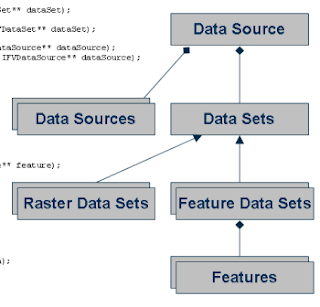 Georgia Tech just got the green light for making FAA / NACO sectionals for FalconView available for free download. You can get them on the Downloads tab of the FalconView web site.
Georgia Tech just got the green light for making FAA / NACO sectionals for FalconView available for free download. You can get them on the Downloads tab of the FalconView web site.As a commercial pilot, I'm interested in bringing the flight planning capabilities of FalconView to the general public. (I often use the software myself as an aid to preflight planning.) The main hindrance to this now is the availability of data on airports, navaids, waypoints and airspace. When I get a chance, I'll poke around some and see if I can find this data in a format that FalconView can read and that I won't go to jail for distributing. After that I'll post here a tutorial on ways that FalconView can be used as a flight-planning aid. In the meantime, I'd be glad to answer individual questions in the comments below. (There is also a thread in the discussion groups on the FalconView web site on using FalconView for general aviation.)
Keep a lookout on this blog for hints and tips that will help the general public use FalconView for the kinds of flight-planning tasks that our military has used it for for years.
[[ UPDATE: There is now a wiki page on the FalconView web site that should help pilots to get started with using FalconView for GA planning. ]]




